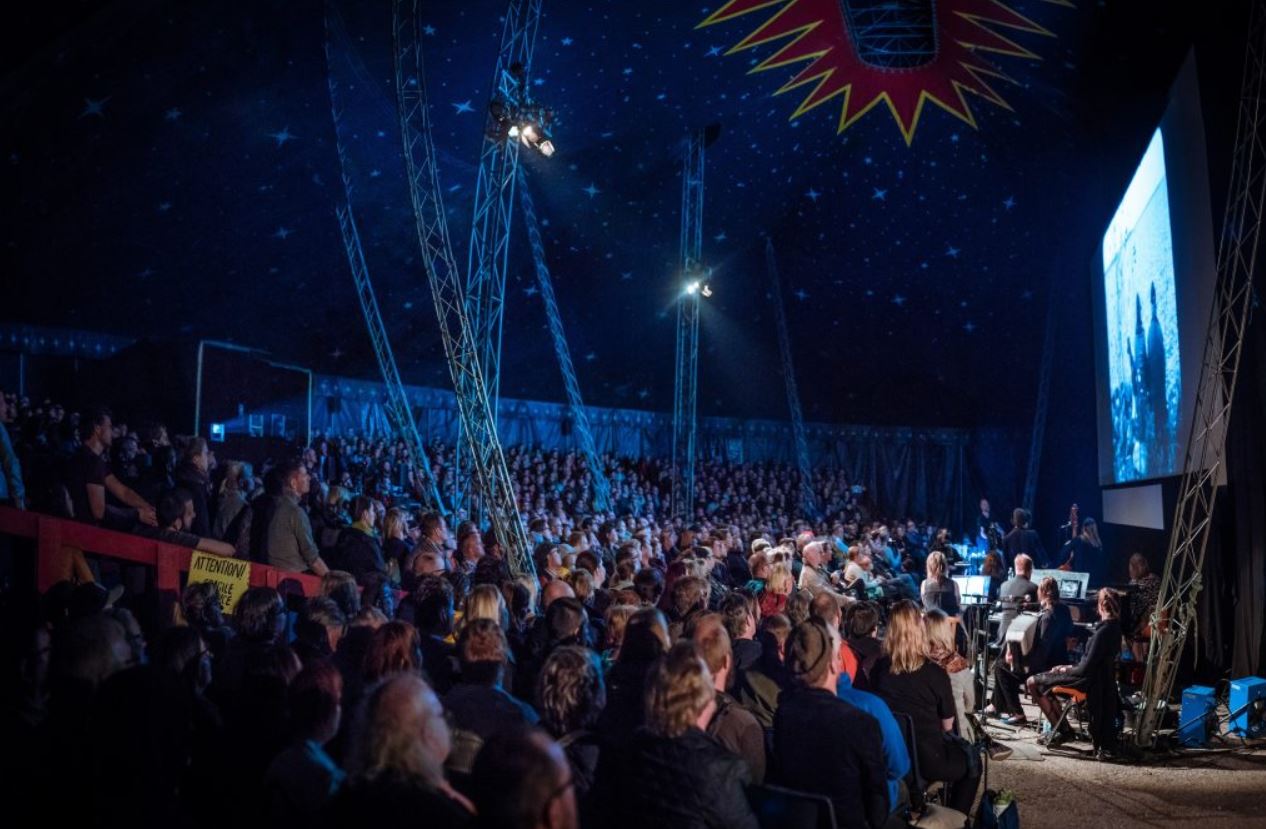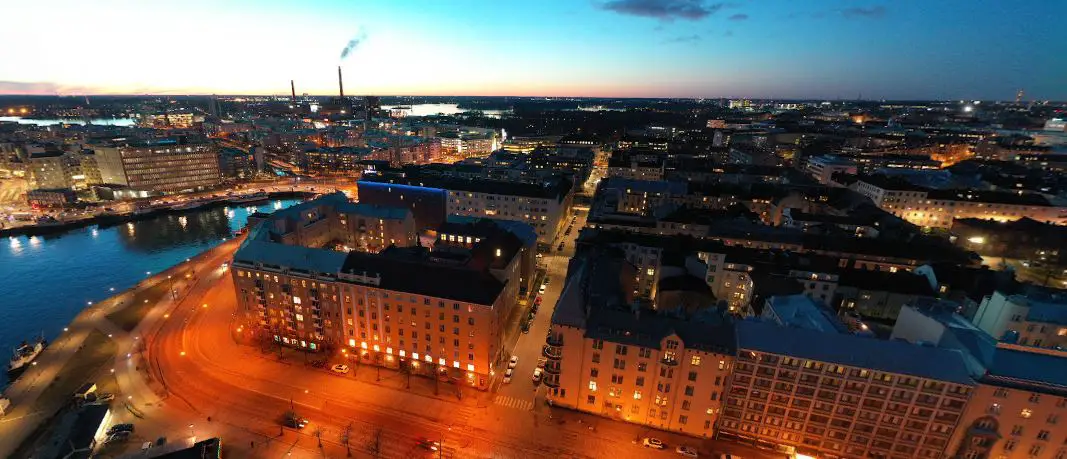Can I explore Finland's historical railway stations and learn about its rail history?
Post ByAdequate Travel
Summary
If you’re a rail history enthusiast, Finland is a great place for you to explore! With its many formidable railway stations, ranging from old-fashioned wooden stations to imposing concrete and steel structures, there’s plenty to explore and learn about Finland’s rail history. In this blog, we’ll take a virtual tour of some of Finland’s most historic railway stations and learn about the country’s rail history. Stay informed about any travel restrictions or travel rules in place, as they may vary depending on your destination within the country.Yes, you can explore Finland's historical railway stations and learn about its rail history.
1. Historical Railway Stations: Finland has several historical railway stations that date back to the late 19th and early 20th centuries. These stations showcase the architectural and engineering styles of that era.
2. Preservation of Historical Stations: Many historical railway stations in Finland have been preserved and restored to their original grandeur. These stations serve as living museums, offering visitors a glimpse into the country's rail history.
3. Examples of Historical Railway Stations in Finland:
- Helsinki Central Station: This iconic station in the capital city, Helsinki, is one of the most impressive railway stations in Finland. It was designed by architect Eliel Saarinen and opened in 1919. The station's unique design combines Art Nouveau and National Romanticism styles.
- Tampere Central Station: Another noteworthy historical railway station is located in Tampere, Finland's third-largest city. The station was completed in 1936 and features a beautiful granite facade and distinctive tower clock.
- Turku Central Station: The railway station in Turku, Finland's oldest city, is another historic gem. It was built in 1940 and showcases the functionalist architectural style of the time.
4. Learning about Rail History: At these historical railway stations, you can learn about Finland's rail history through various means:
- Museum Displays: Many stations have dedicated museum areas that exhibit historical photographs, artifacts, and interactive displays related to Finland's railway development and transportation history.
- Guided Tours: Some stations offer guided tours conducted by knowledgeable guides who provide insights into the architecture, engineering, and significant events associated with the station.
- Information Boards: Informational boards placed strategically in the station buildings provide details about the historical significance of the respective stations, their construction, and the role they played in Finland's rail network.
- Digital Resources: Some stations may have digital resources, such as touch screens, where you can explore archive photos, videos, and stories related to the station and its rail history.
While planning your trip, take note of any travel restrictions that may impact your itinerary, such as limited access to certain regions or attractions.Suggested Questions
- Teuva Church, Teuva: Horror Story, History & Paranomial Activities
- Ylivieska Old Church, Ylivieska: Horror Story, History & Paranomial Activities
- Alatornio Church, Tornio: Horror Story, History & Paranomial Activities
- Pernaja Church, Loviisa: Horror Story, History & Paranomial Activities
- Alavieska Old Church, Alavieska: Horror Story, History & Paranomial Activities
- Keitele Old Church, Keitele: Horror Story, History & Paranomial Activities










